Most memorable travel moments revolve around people as well as sights and activities — often chance encounters on the road, sometimes fleeting, other times resulting in more long-lasting friendships.
Here are a few snapshots from my recent stay in and around Roanoke, Virginia, made possible by the Roanoke Valley Convention & Visitors Bureau, which sponsored me and a number of other travel writers and photographers so that we could get an overview of the area, dubbed “Virginia’s Blue Ridge.”
In Roanoke, some of my encounters were pre-planned, others serendipitous.
My fellow writers and I were privileged to meet the mayor of the city, David Bowers, who greeted us on an overlook atop Mill Mountain, below the city’s iconic 100-foot-high illuminated star. (Read more about the star here.)
The mayor brought his “Spanish-speaking dog,” who, while not actually articulating his woofs in Spanish, did at least seem to obey the mayor when asked to sentarse in español. (If I butchered the word “sit,” it just goes to show the dog is more bi-lingual than me.)
One of my favorite encounters was with a docent at the Virginia Museum of Transportation in Roanoke. Charles Hardy had worked on the railroads — Roanoke was born as a railway town — and treated the now-retired steam locomotives in the museum as, well, living beings.
At one point, Hardy placed his palm on one of the mammoth locomotives and announced that “I can feel a pulse.” He also said that these engines were born to move, to carry things and people, and were clearly not happy just sitting in a museum. One thing is certain: Mr. Hardy brought the trains to life for his rapt audience.
On an eight-mile roundtrip hike up to McAfee Knob, a rock ledge 3,000 feet above the Roanoke Valley below, my fellow hikers and I had a chance encounter with a fellow named Fletcher who spends his weekends patrolling this portion of the Appalachian Trail, which is perhaps the most trammeled segment of the entire 2,200-mile route from Maine to Georgia.
One of about 30 Ridge Runners on the length of the trail, Fletcher is charged with answering hikers’ questions, urging them to “leave no trace,” and also picking up after those who do leave a trace. (Among the items he had gathered in his backpack were an abandoned fishing pole and a coffee mug.)
When asked if we could recognize “thru-hikers” — those plying the entire trail route, which takes several months — by their heavy packs, Fletcher informed us that it was just the opposite: thru-hikers may start with heavy packs, but usually shed all but their most essential gear to lighten their loads as the weeks go by.
“If given a choice between being comfortable while hiking during the day or being comfortable camping at night, they’ll chose comfort while hiking,” he said. Note to self: Next time I set off to hike the entire AT, pack light!
McAfee Knob itself, considered the most photographed spot along the entire Appalachian Trail, was filled with encounters.
It was a beautiful fall Saturday, the Virginia Tech Hokies had a bye week, and hikers were out by the dozens. Some came perilously close to the edges of the rock ledge as they posed for photos and ate their sack lunches, but everyone happily volunteered to take pictures of each other and some — not yet of baby boomer age — playfully climbed down to a lower ledge to pretend like they were clinging for dear life to the upper ledge.
My advice: it’s OK to try this at home, just don’t try it on McAfee Knob.
At the Virginia Mountain Vineyards in Botetourt County near Roanoke, I was fascinated to watch as the winemaker stirred a vat of crushed grapes with a paddle, which looked very much like the kind of paddle I use for my kayak. He also infused the grapes with dry ice, which created a kind of witches’ brew effect with steam rising from the vat.
Especially with Halloween approaching. I could picture a photo caption of “Double, double, toil and trouble, fire burn and cauldron bubble.” But mostly, I was enamored of his creative and singular (I think) method of producing what turned out to be some very drinkable wines.
Finally, I was pleased to meet the two owners of the Black Dog Salvage Company in Roanoke, Mike and Robert, and their black dog, Sally.
Mike and Robert (and Sally, too, I suppose) have become celebrities of sorts since their reality TV show, “Salvage Dawgs,” started airing on the DIY channel.
Mike and Robert, who have been in the architectural salvage business for 14 years, seem to take the show in stride, while acknowledging that their business has “gone through the roof ” (offering a possible salvage op for roofing materials?) since the series hit the air.
Mike told me that the genesis of the show emerged from a fishing trip with a longtime buddy of his who happened to be a reality TV show producer, “although we’d never really paid much attention to what each of us did before we started talking one day in the boat.” Robert, for his part, says he doesn’t watch TV, and Sally was napping, so no word from her, in Spanish or otherwise.
It was the kind of low-key, “aw shucks” moment that I came to expect in Roanoke, from baby boomers and younger folks alike. I recommend travelers give it a try, and travel industry pros to study the successful marketing of the “Virginia’s Blue Ridge” brand.
What do you think, readers? I’d love to hear about your travel encounters in the Roanoke area, whether they’re along the Appalachian Trail, at Black Dog Salvage, a local winery or perhaps some place I didn’t make it to.
Be sure to download my free report, “How to Ride the Coming Wave of Boomers,” available here. It’s all about the best ways to market travel to baby boomers — the biggest-spending group of travelers the world has ever seen. It’s also the easiest way to subscribe to my blog, so you won’t miss a posting. Thanks!

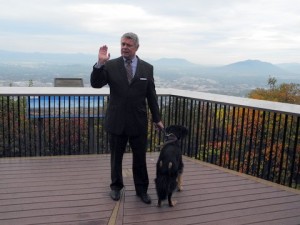
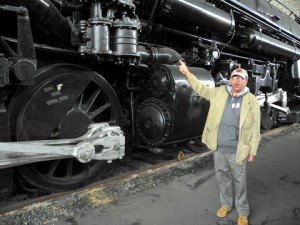
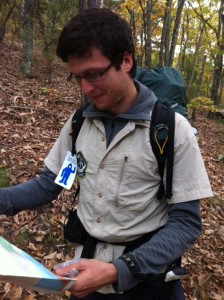
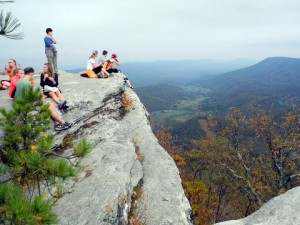
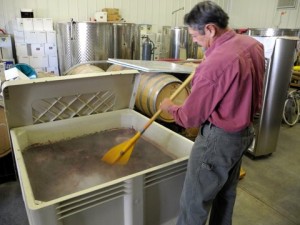
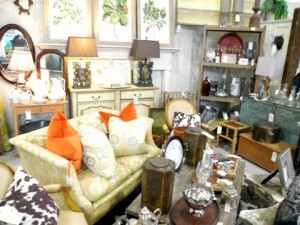











Leave a Reply